_voltmeter_
New Member
- Joined
- Apr 24, 2022
- Messages
- 65
this make sense for NO contactorsThese do draw power all the time when ON.
thats why i use fet bms
this make sense for NO contactorsThese do draw power all the time when ON.
Are there contactors of that capacity which are NC? If so, what is the risk of one of those not getting enough current to open. It is not a fail safe strategy which I would want to employ.this make sense for NO contactors
These draw less watts at lower voltages. Coil is 24V, not 48V. This requires a converter. I think the coil will still work at 12V.
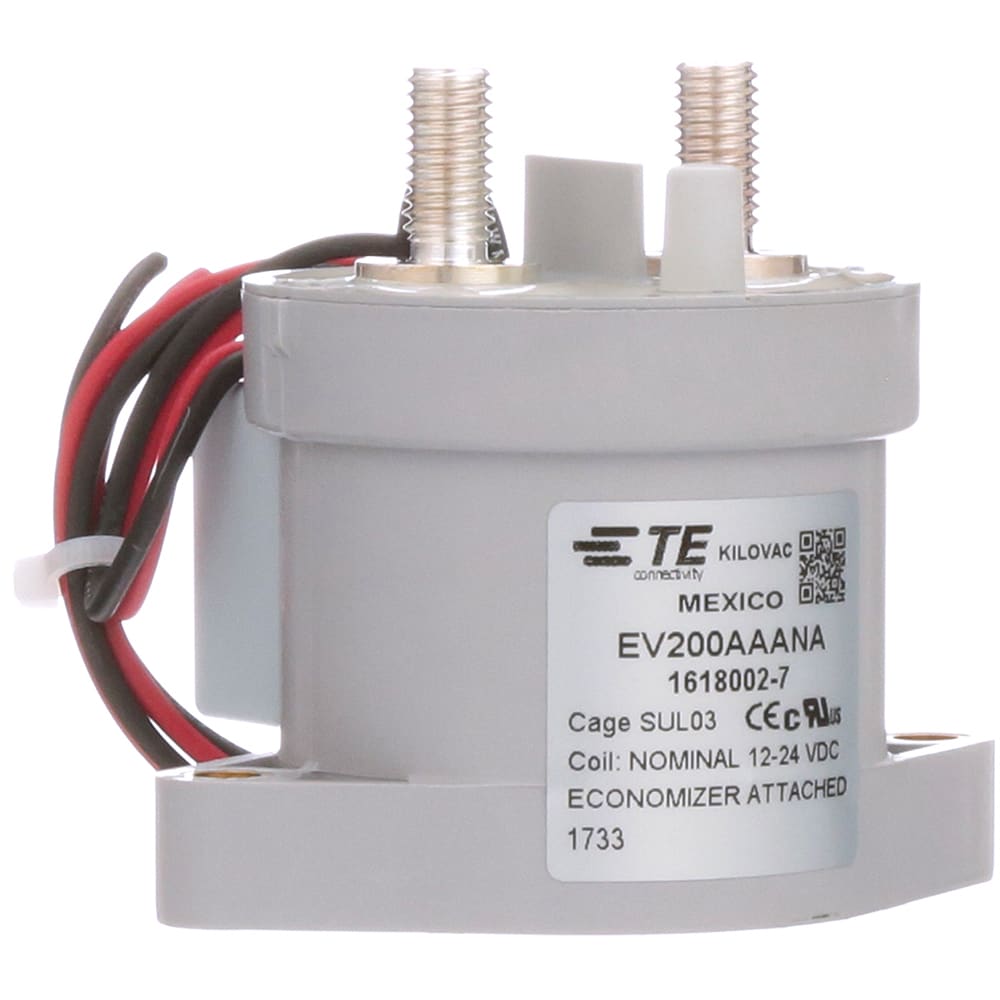
 batteryhookup.com
batteryhookup.com

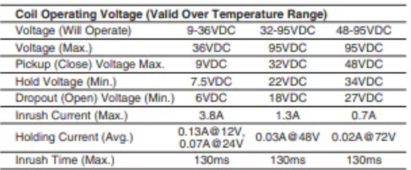
It has to open (and extinguish arc) if it is NO or NC so I don't see a huge problem technically with it. Your coil will likely need to draw more current to open the contact though, and you would need a resettable shutoff if it was just pulsed power so that it didn't re-close. Shunt trip breaker just makes everything easier.Are there contactors of that capacity which are NC? If so, what is the risk of one of those not getting enough current to open. It is not a fail safe strategy which I would want to employ.
Are there contactors of that capacity which are NC? If so, what is the risk of one of those not getting enough current to open. It is not a fail safe strategy which I would want to employ.
Yes, that is precisely the theory I have assumed with a normally open contact that the power keeps them closed and when the power is lost because of a fire or other reason the fail safe condition is that they open. That is why I would not want to rely on a normally closed contact to require some power or even a trigger voltage to open the contacts.The idea behind them is if there is a fire and power is lost they open the contact.
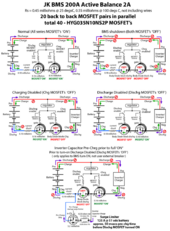
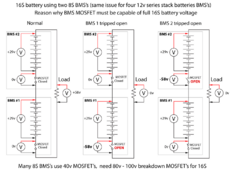
I agree arc suppression is important in either case so that is not the problem I see with normally closed contactors. As you suggest it could be the current reguired to open it in a failure mode or the risk that without that current it would close again and exacerbate the problem. Hopefull by then another form of overcurrent protection like a fuse would solve the problem. There is a reason that most EVs which see currents in excess of what we see in the stationary storage use case that those EVs typically use normally open contactors. Not withstanding the fact that the default is off when the EV is not in use.It has to open (and extinguish arc) if it is NO or NC so I don't see a huge problem technically with it
My understanding is that a 12 volt battery is not going to deliver many more volts that the battery's normal voltage but the current could easily exceed many more Amps than one C and that is the risk with any Lithium chemistry. Those are the situations where mosfets fail closed.12volt battery mosfets on bms what voltage does a failure occur? What amps?
Of course that is why many EVs also contain a pyro fuse in addition to a normally open contactor. I only mention EVs because they see currents sometimes above 500 Amps in acceleration which is far above what we normally see in staionary applications .Another, more robust switch would be pyro fuse.
Sorry …. You missed the point and I failed to communicate. I apologize. You are correct about battery voltage is usually not going to exceed but that video is about over voltage applied to the battery and mosfet contained with the SOK battery by external source when charging. Why stated “watch video.”My understanding is that a 12 volt battery is not going to deliver many more volts that the battery's normal voltage but the current could easily exceed many more Amps than one C and that is the risk with any Lithium chemistry. Those are the situations where mosfets fail closed.
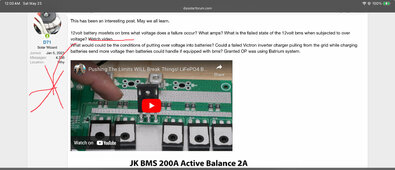
No need to apologize. My post was to clarify the issue for future readers who also might not read the entire thread. Thanks for the clarification.You missed the point and I failed to communicate.
Yes, that is precisely the theory I have assumed with a normally open contact that the power keeps them closed and when the power is lost because of a fire or other reason the fail safe condition is that they open. That is why I would not want to rely on a normally closed contact to require some power or even a trigger voltage to open the contacts.
if you connect 4x 12v bms in series the fets have to switch 48vWhat would could be the conditions of putting over voltage into batteries?
Depends on the something. Buildings with reflective glass melting cars, yea, ...When I hear someone say these batteries are as dangerous as a pile of wood, I think ehhh not quite, wood doesn't contain the capacity to start itself on fire because of something getting dropped on it.
he most likely used a 3/8 ring terminal on a 5/16 bolt.It seems odd to see the black insulated wires coming from the fuse block. One other oddity I notice is the large washer on the second to bottom left lug. Though the battery failing due to leakage causing a short seems a more likely possibility.


